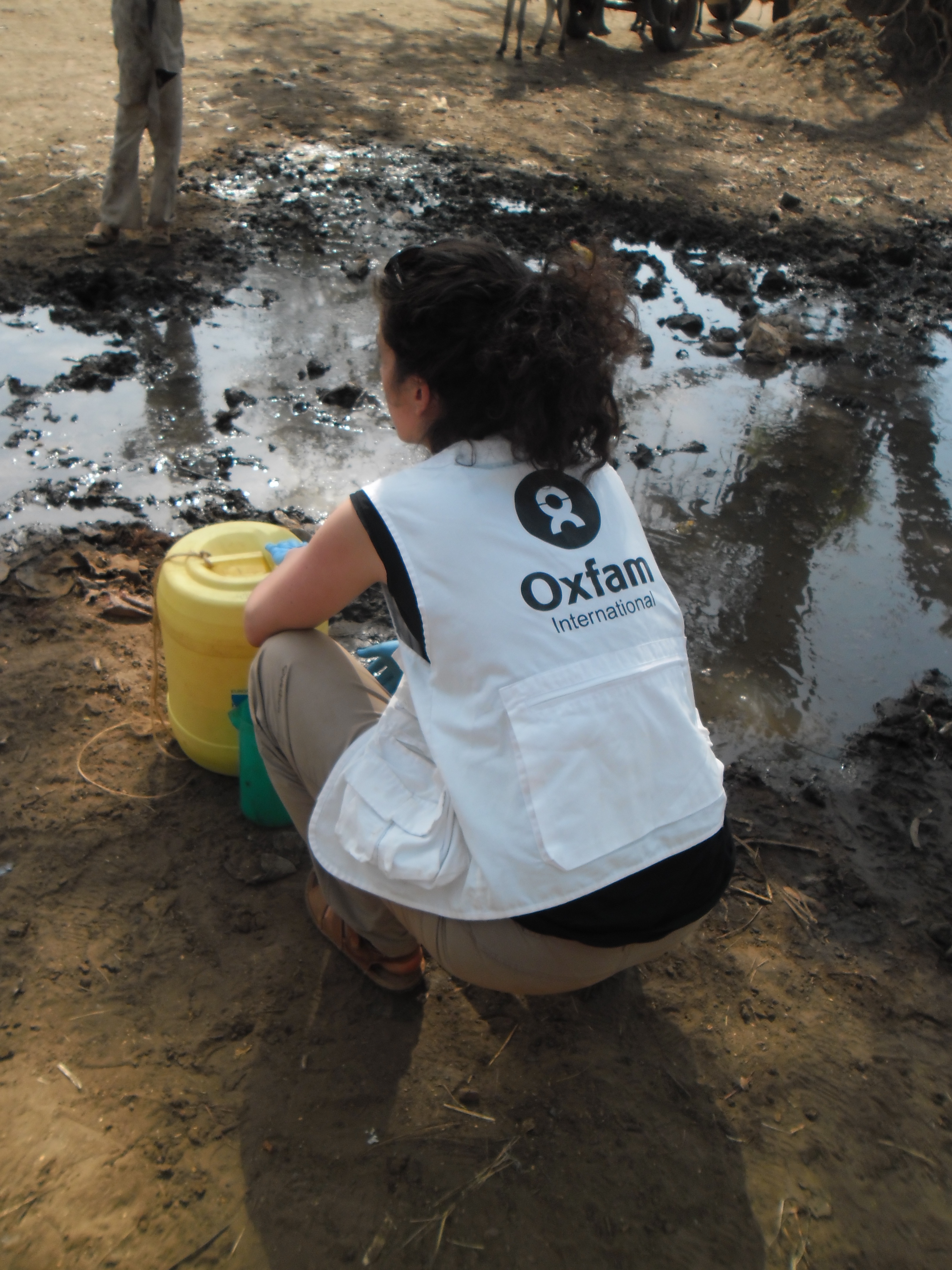Monitoring water quality in African contexts

Several outbreaks of waterborne viruses as Hepatitis E Virus (HEV) have been reported in the last decade in refugee camps of Africa due to their high density populated rates and their often low hygiene and sanitation standards.
In north South Sudan since 2012, thousands of cases of HEV infection have been reported with more than hundred deaths, although the epidemiological pick was reported at the beginning of 20131, the cases of HEV are still reported in low numbers among the camps of South Sudan. Moreover, from April 2014 to January 2015, a total of 1,117 suspected cases of HEV infection, with 21 (1.9%) deaths, were reported among refugees residing in neighboring country, Ethiopia (Gambella region)2.
During the outbreaks, humanitarian agencies aimed at reducing transmission among the population, conducted monitoring of the water quality by using standard indicators (fecal bacteria) that are not always in correlation with the presence of enteric viruses. The Laboratory of Virus Contaminants of Water and Food was asked to analyse the viral contamination of water sources in South Sudan to better understand the transmission within the affected camps.
The study conducted by our team has recently been accepted for publishing at Journal CLEAN - Soil, Air, Water. Groundwater, surface water and household water, as well as food samples collected in Batil and Jaman camps at the end of the HEV outbreak, were analyzed for HEV and Human Adenoviruses (HAdV) as a human viral indicator.
Results showed that viral contamination of water was observed only at the household level where HAdV was detected both in water and food samples.
References
1. http://www.cdc.gov/mmwr/pdf/wk/mm6229.pdf
2. http://www.cdc.gov/mmwr/pdf/wk/mm6419.pdf
Stay updated
Sign up for our newsletter to receive regular updates on resources, news, and insights like this. Don’t miss out on important information that can help you stay informed and engaged.
Related articles
.png)


Explore Elrha
Learn more about our mission, the organisations we support, and the resources we provide to drive research and innovation in humanitarian response.